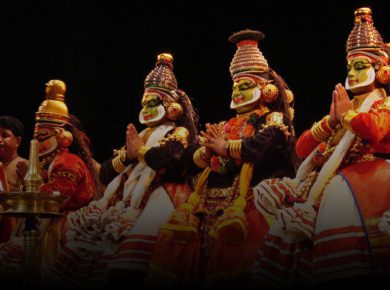Provincial Style During Islamic Era in India
Bengal School of Architecture
Islamic monuments of Bengal are consistent in design as of other regions, with distinguishing features such as material used & designs execution. Brick was the chief building material with the use of stone being limited largely to pillars for trabeate/Arcuate construction, mainly obtained from demolished temples.
The so-called “Bengal” roof with sloping cornices, which originated from the bamboo construction, was adopted by the Muslims and later it spread widely, even in other regions. Covered brick and glazed tiles were usually pressed into service for decoration.
Malwa School of Architecture (MP & Rajasthan)
- Followed arcuate style majorly with elegant use of arch with pillar and beam;
- Lofty terraces approached by well-proportioned stairways,
- Impressive size of buildings, use of various colored stones & marbles with minor use of bright coloured glazed tiles.
- Minaret is absent in this style
- Notable Examples are Rani Rupmati pavilion (Mandu), Ashrafi Mahal (Mandu), Hindola mahal (Mandu), Jahaz Mahal (Mandu)
Jaunpur School of Architecture (UP)
- Developed by Sharqui Dynasty hence also called as sharqui style. It was influenced by the buildings of Tughlaq period
- Prominent feature [arr]Huge imposing pro-pylon screens, filling the central and side bays of prayer hall
- Notable Example is Atalla Masjid (Built during the reign of Shamsuddin Ibrahim)












2 comments
please include bijapur school of architecture in provincial architecture section.
it has been missed out.
please include bijapur school of architecture in provincial architecture section.
it has been missed out.